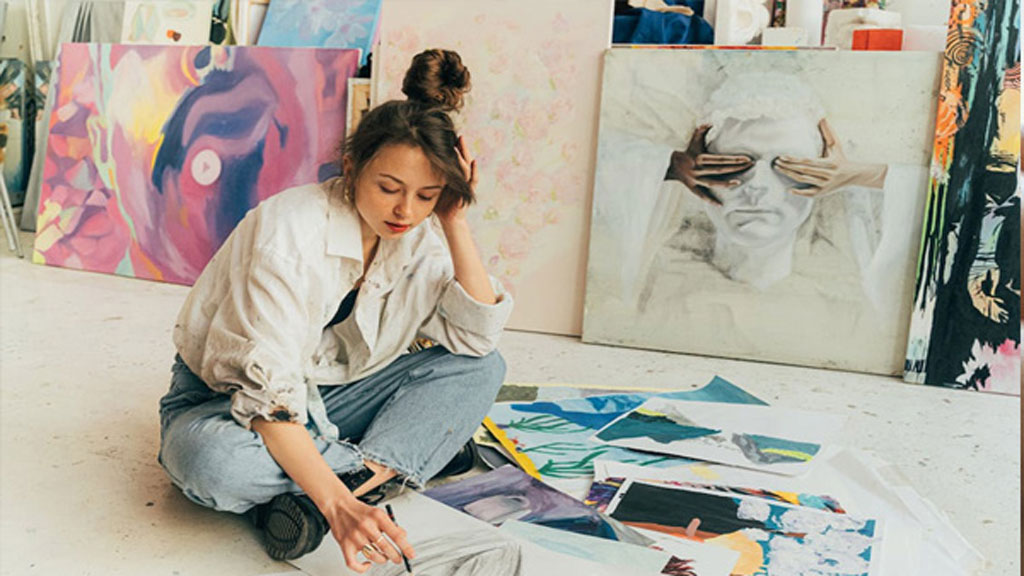Introduction:
Fine art is a timeless and boundless form of self-expression that transcends boundaries and speaks to the depths of the human soul. If you are captivated by the world of colors, shapes, and artistic imagination, then a fine arts course may be your gateway to a lifelong journey of artistic exploration and creation. In this blog, we’ll delve into the world of fine arts courses, uncovering their significance, the skills they cultivate, and the endless opportunities they offer for artistic self-discovery.
The Essence of Fine Arts:
Fine art is not merely about creating visual masterpieces; it is a means of expressing thoughts, emotions, and concepts that may be challenging to convey through words alone. Fine artists use various mediums, such as painting, sculpture, drawing, and mixed media, to capture their unique perspectives and communicate with the world.
Exploring Fine Arts Courses:
Fine arts courses serve as a foundation for artists to hone their skills and deepen their understanding of artistic principles. These courses encompass a wide range of essential topics, including:
Art History: Delving into the rich history of art, studying the works of master artists, and understanding the evolution of artistic styles and movements.
Techniques and Mediums: Developing proficiency in various artistic techniques and mediums, from oil painting and watercolors to sculpture and printmaking.
Composition and Design: Learning the principles of composition, balance, color theory, and visual storytelling.
Critique and Feedback: Engaging in constructive critique sessions to refine one’s artistic vision and technique.
Contemporary Art: Exploring the world of contemporary art, experimental forms, and new media.
Career Opportunities in Fine Arts:
A fine arts course can open doors to a variety of exciting career opportunities for graduates. While the path of a fine artist may include exhibiting in galleries and museums, there are other avenues to consider, including:
Art Educator: Sharing knowledge and passion for art by teaching in schools or offering private lessons.
Illustrator: Creating visual narratives for books, magazines, advertisements, and digital media.
Gallery Curator: Managing and curating exhibitions in galleries and museums.
Art Therapist: Using art as a therapeutic tool to help individuals cope with emotional and psychological challenges.
Art Restoration Specialist: Preserving and restoring valuable artworks.
The Creative Journey:
Fine arts courses offer students the opportunity to explore their artistic voice and embark on a creative journey of self-discovery. Artists often use their work to address societal issues, reflect on personal experiences, or simply capture the beauty of the world around them.
Adapting to Contemporary Trends: The world of fine arts is constantly evolving, embracing new mediums and techniques. Fine arts courses equip students with the skills to adapt to contemporary trends and technologies, ensuring their relevance in a dynamic artistic landscape.
Conclusion:
Enrolling in a fine arts course is an invitation to unleash your creative spirit, explore the depths of your imagination, and embark on a lifelong journey of artistic expression. Whether you dream of becoming a renowned painter, a sculptor, an art educator, or a curator, a fine arts course can provide you with the foundation and inspiration to pursue your passion. So, embrace the canvas of possibility, and let your artistic journey unfold as you delve into the enchanting world of fine arts.

